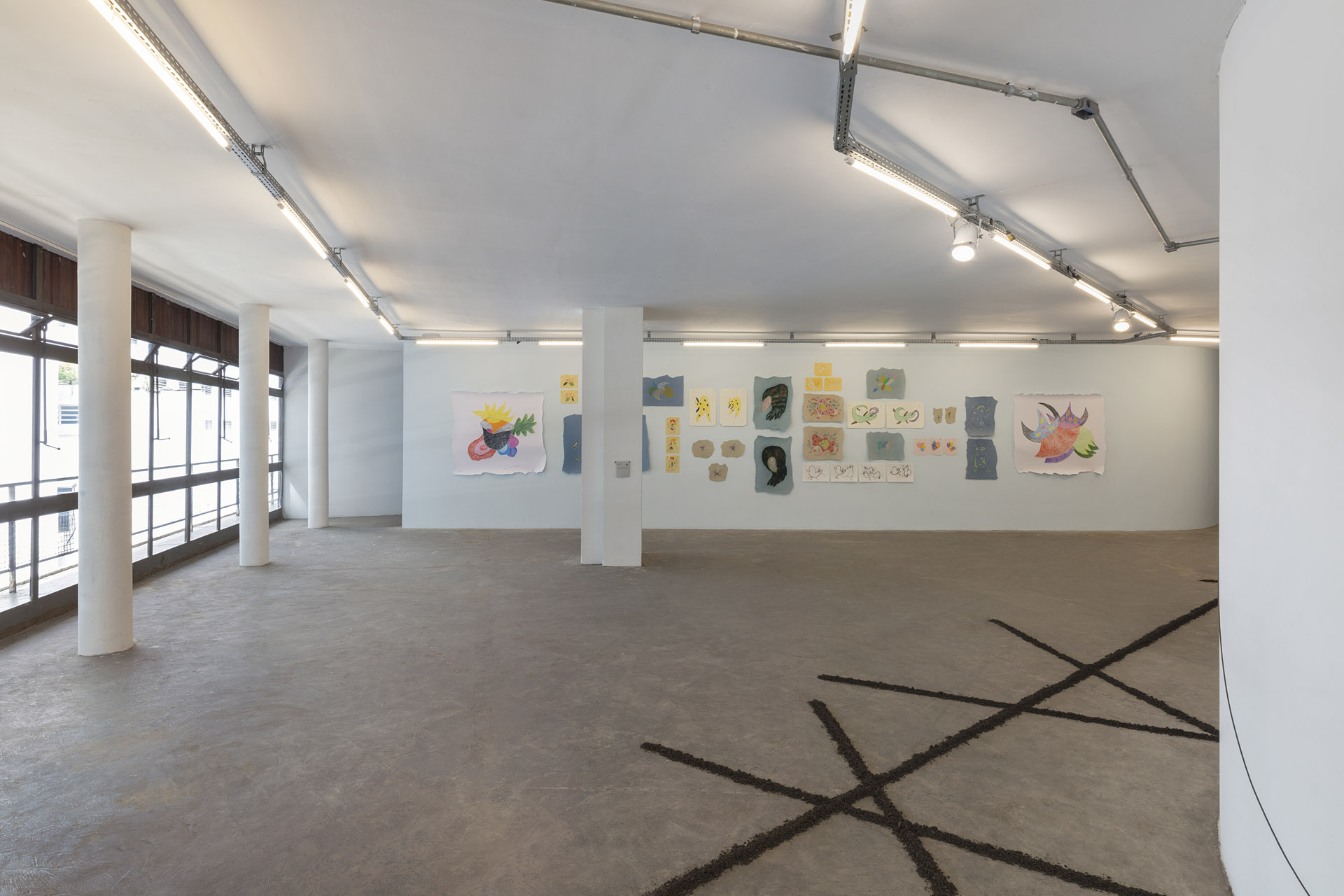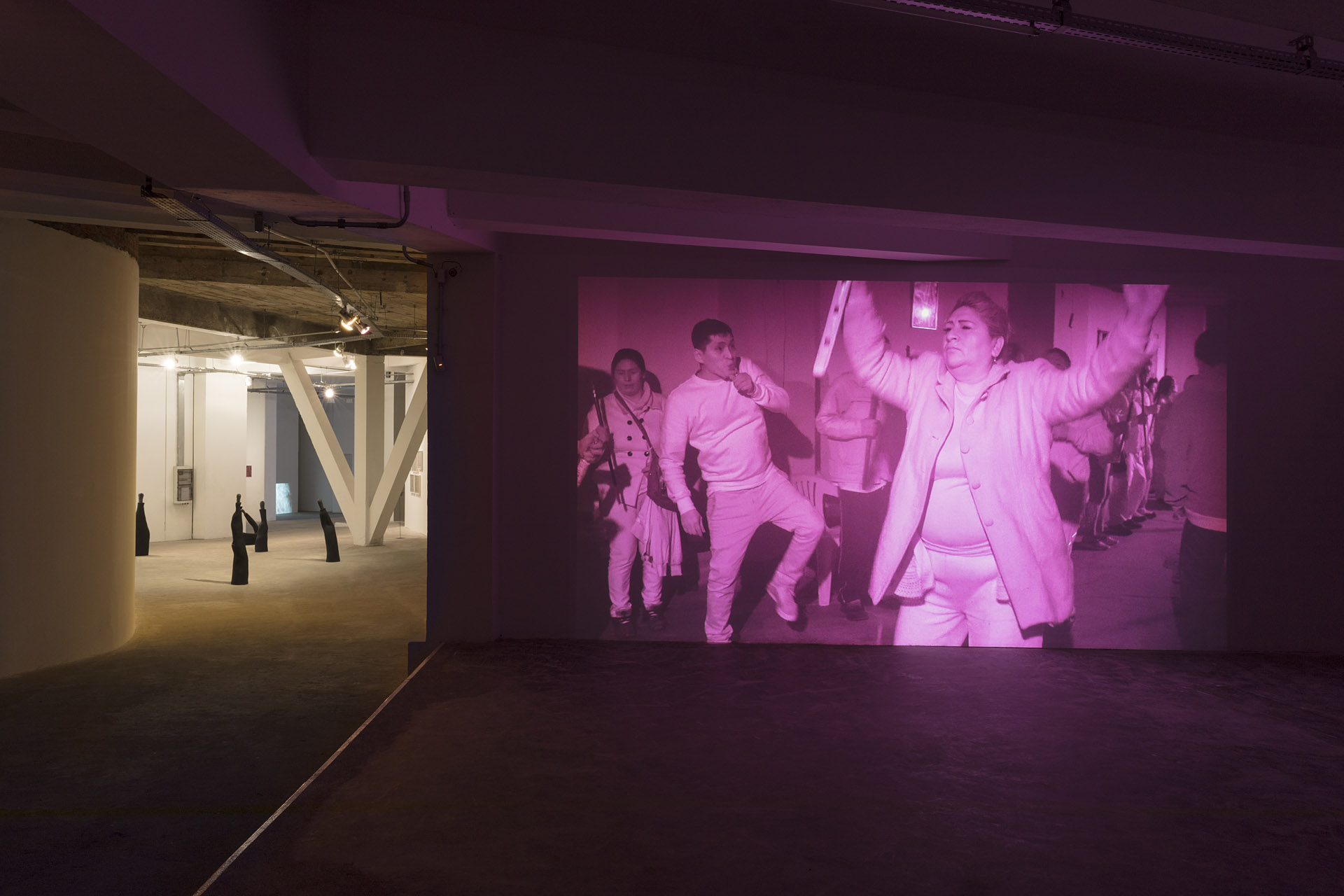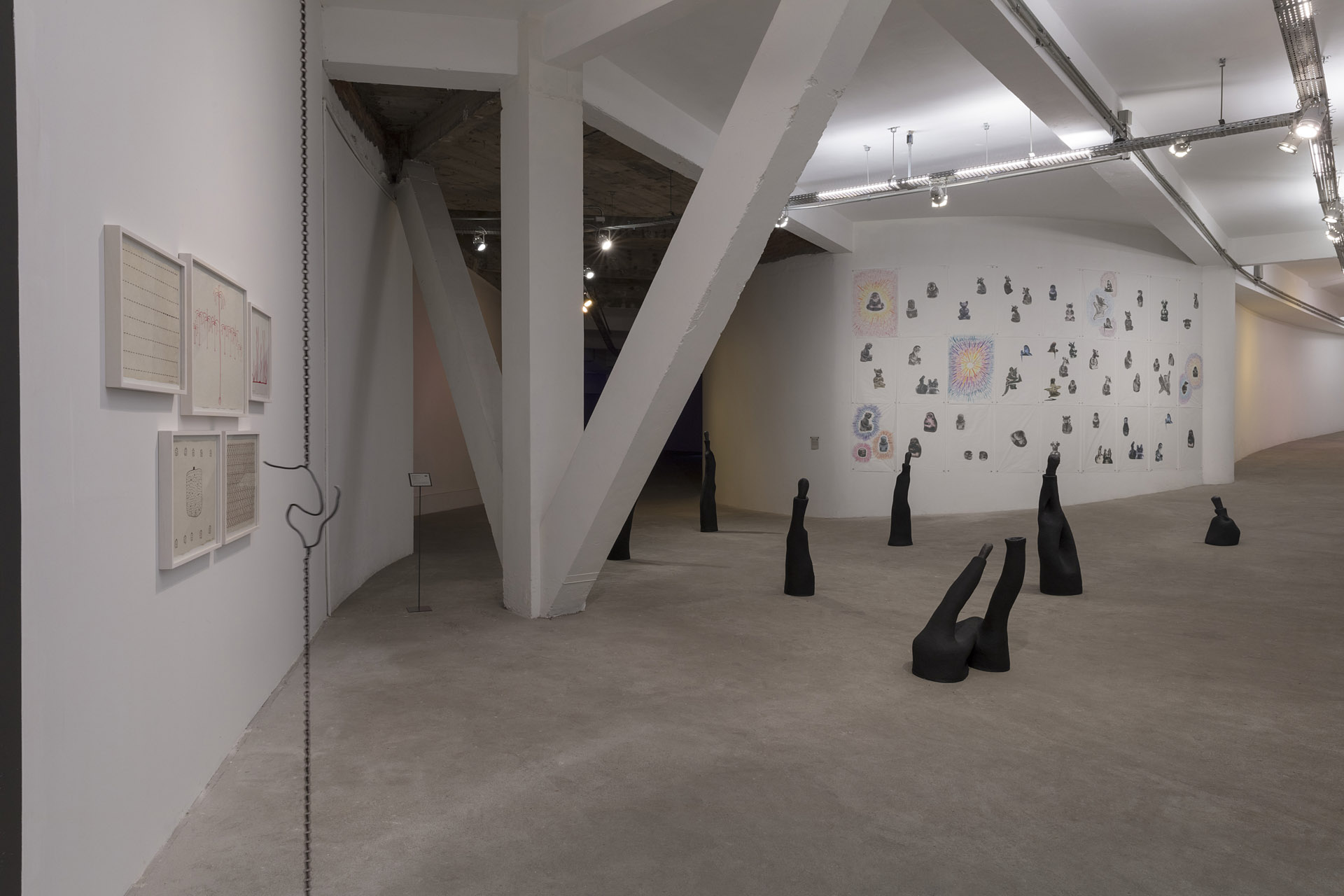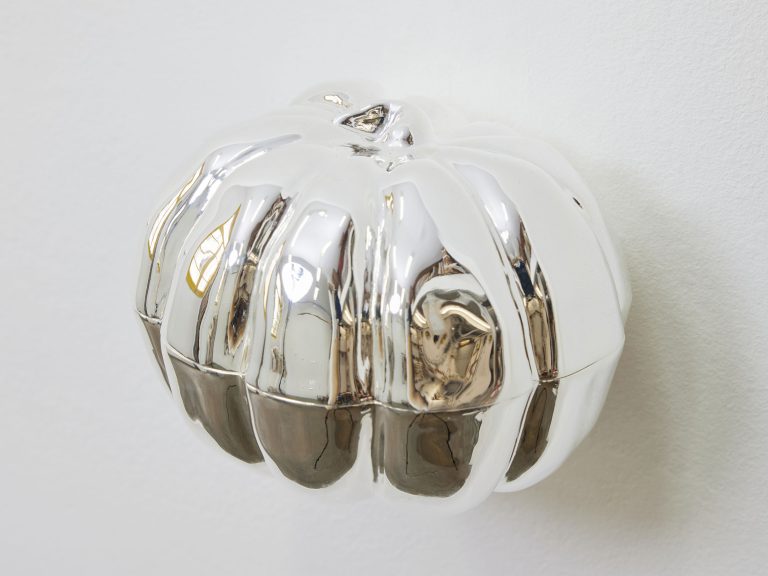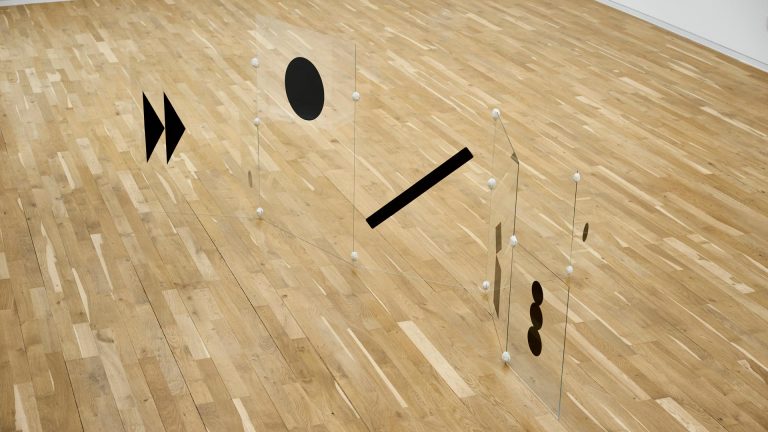Artists: Candice Lin, Cristiano Lenhardt, Daniel Steegmann Mangrané, David Bestué, Denilson Baniwa, Elvira Espejo Ayca, Isuma, Janaina Wagner, Lina Mazenett e David Quiroga, Louidgi Beltrame, max wíllà morais, Minia Biabiany, Paloma Bosquê, Sheroanawe Hakihiiwe
Exhibition title: A Natural History of Ruins
Curated by: Catalina Lozano
Venue: Pivô, Sao Paulo, Brazil
Date: February 20 – April 17, 2021
Photography: Everton Ballardin / all images copyright and courtesy of the artist and Pivô, Sao Paulo
Note: Exhibition booklet is available here
Pivô opens its 2021 exhibitions program* with the group-show A Natural History of Ruins, starting on February 20. The exhibition proposes a critical review of the modern distinction between culture and nature, by bringing together the work of a singular group of fifteen artists, from different contexts and generations, some of them presenting their work in Brazil for the first time.
The implications of representation outside of language and other-than-human forms of intelligence are in the center of Lozano’s curatorial project. She explains: “At the core of the exhibition, there is a critique of the modern divide between nature and culture and its ontological implications. Through a series of historical processes, some humans separated themselves from nature and therefore fabricated it as a category. Lozano ads: “Colonial regimes spread this notion through education and exploitation, normalizing nature as a ‘resource’ at humans’ disposal. It is largely through the knowledge and ecological practices of Indigenous peoples that these functioning colonial categories can be productively challenged.”
The exhibition is an opportunity to think about healing in what anthropologist Anna Tsing calls a ‘precarious survival’: the multispecies life reacting to human violence in the ruined landscape of capitalism. “The ruins produced in the present can be partially considered as the projection of a modernist unconscious”, says the curator.
Through a plurality of practices and different media, such as paintings, installations, videos, and sound performances, the artists in the exhibition, in Lozano’s words, “tackle the brutality of modern binary categories and practices”.
Some highlights:
In Mesa Curandera (2018), French artist Louidgi Beltrame documents healing ceremonies with the San Pedro cactus promoted by a shaman in Peru; Qapirangajuq: Inuit Knowledge and Climate Change (2009), by the Inuit art and media collective Isuma, which occupied the Canadian pavilion at the Venice Biennale in 2019, is the first documentary made in the Inuktitut language on the theme of global warming; the delicate drawings of the Yanomami
Sheroanawe Hakihiiwe describe the shapes and marks left by animals and plants that are part of the environment where he lives, in the Venezuelan Upper Orinoco; made especially for the project by Spanish artist David Bestué, the series of new works is inspired by Brazilian poet Ferreira Gullar’s Poema Sujo [Dirty Poem]; A Whole New Animal (2012), video by American Candice Lin, interrogates the stories of colonialism and imperialism in Brazil, USA and Belgium; and the participation of two young Brazilian artists Janaina Wagner, with the video Lobisomem (2016) [Werewolf], and max wíllà morais, who will with newly commissioned works.
*Pivô’s 2021 program is based on the reading made by anthropologists Marisol de la Cadena and Milton Blaser of the pluriverse concept, as a world encompassing many worlds This idea underscores the research of the artists involved in the exhibition program, and will also appear in a transversal way in all the institution’s programs. Further information on the upcoming program can be accessed at www.pivo.org.br.






